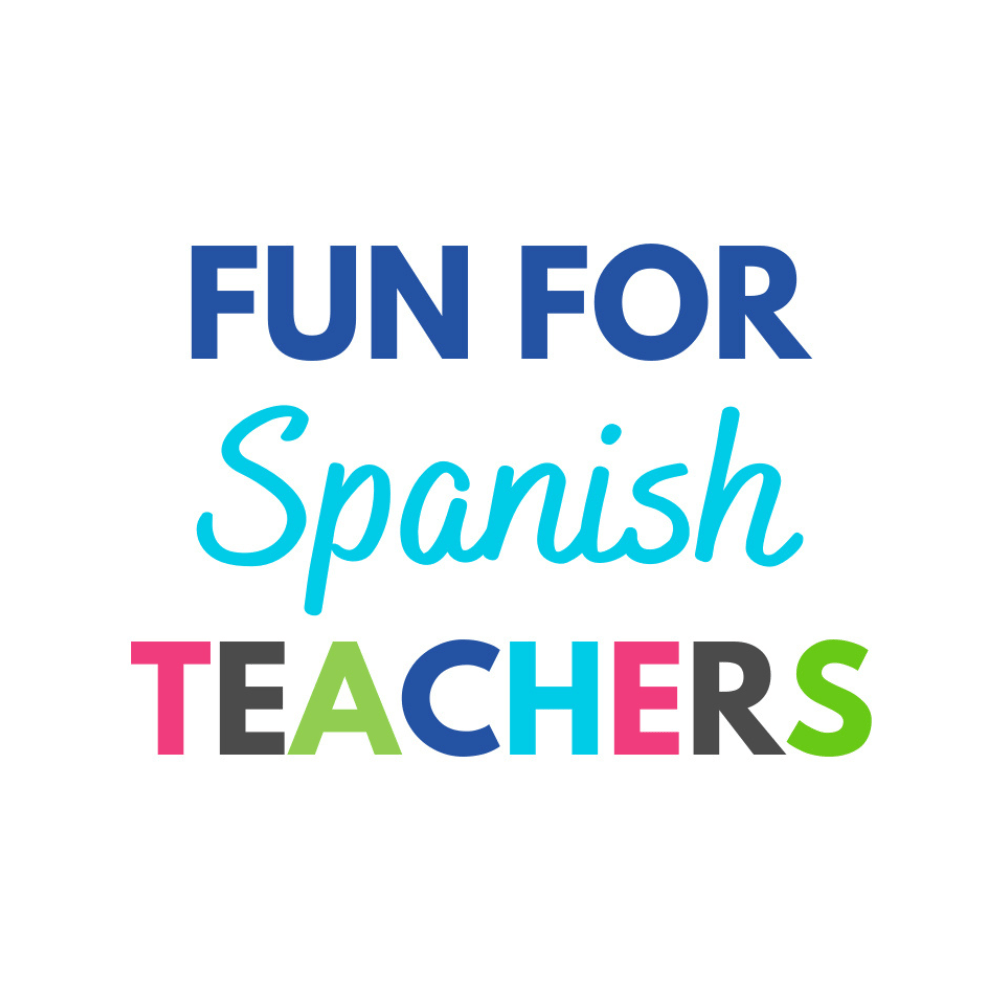As language educators, we have a great chance to influence our students’ learning experiences. Our classrooms shouldn’t just be places for teaching; they should be welcoming and encouraging environments that promote teamwork, language growth, and a sense of belonging. This are some tips that might help:
Mindful Classroom Arrangement and Organization: Maintaining a clutter-free and well-organized classroom is crucial for promoting student engagement and collaboration. Minimize distractions and ensure that your students are familiar with the space and know where things are located in the classroom.
Take Advantage of the Power of Visual Support: Visual aids are powerful tools for language development. Through visually appealing displays, we provide our students with accessible language resources that reinforce their learning and support them staying in the target language. You can also empower your students by involving them in the creation and use of these displays! Some ideas for visuals are question words, useful phrases, chants, calendar and more.
Use Visuals to Mark Routines and Moments: Visual aids, such as schedules and routines, play a vital role. For some students, using visuals to support the routines and moments in class gives them a sense of comfort, knowing what will happen next. These tools help them understand the structure of the class, set clear expectations, and reduce anxiety, leading to a more comfortable language learning experience. For example, a specific image or visual can be used for a brain break, and steps to follow, such as writing your name, coloring, cutting out, and more, can be provided in the target language.
Include Diversity in Themes and Books: Our classroom libraries should mirror the diverse cultural backgrounds represented in our student body and beyond! By thoughtfully curating a collection of books that showcase various cultures and perspectives, we help our students forge meaningful connections and develop a stronger sense of identity. If books at the level of your students are hard to find, make sure that you represent your students in the visuals of your classroom. As language teachers, we should not limit ourselves to incorporating topics just from the target language but also from the cultures of our students.
Celebrate Other Languages: Consider labeling classroom items and areas in both the target language and asking your students to help you label things in their home language. Remember that we are in a world language classroom, and this is a way to honor our students’ identities and cultures.
Leave Space to Display Students’ Work: Set aside some blank spaces in the classroom to showcase students’ work. Their creations are far more meaningful and impactful than posters purchased online! By displaying their work, you will not only foster a sense of pride and accomplishment among your students but also create an inspiring and dynamic learning environment.
By incorporating these practical tips we can create dynamic and inclusive language learning environments that empower our students to thrive and succeed in their language journey. Together, we can shape a future where language education fosters understanding, cultural appreciation, and a lifelong love for learning.






I enjoyed reading this post! These are many things I currently do in my Spanish classroom but I really liked how you mentioned about celebrating other languages. It is important to remember there are so many other Spanish speaking countries and because it is said one way in one country it may not be the same in another.
Yes! I agree 100% with you!